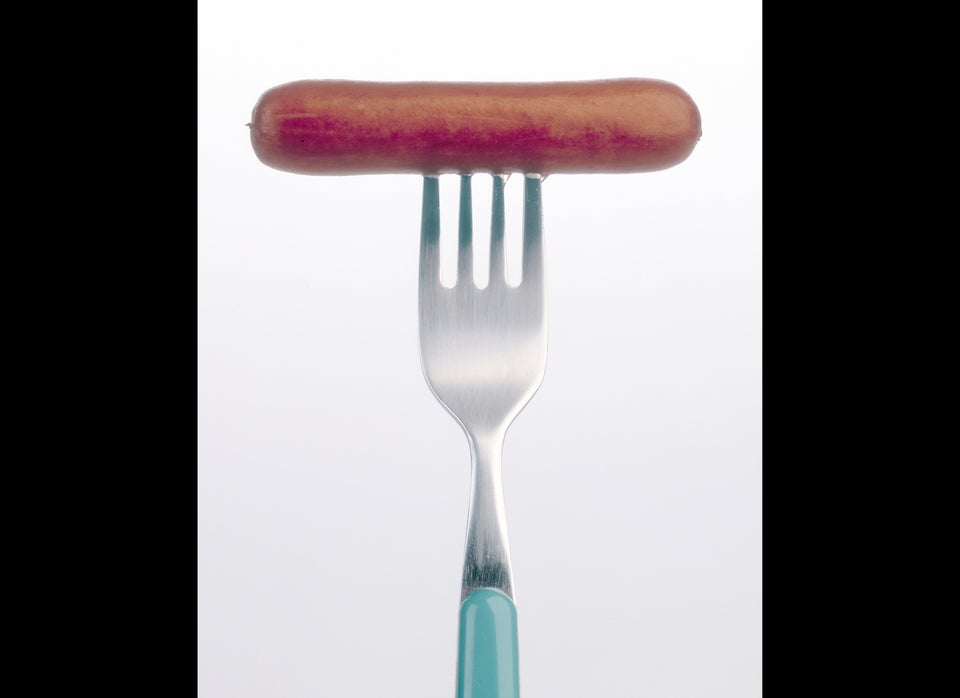
A simple way to curb portion sizes may be to serve food in a smaller bowl, a small new study suggests.
Researchers from Cornell University, New Mexico State University and the University of Groningen found that when kids have larger bowls, they not only eat more, but also ask for more food to fill up the bowls.
The study, published in the Journal of Pediatrics, involved giving 69 preschoolers either an 8-ounce or a 16-ounce cereal bowl. The preschoolers were given cereal and milk a little bit at a time, and were asked to say when they thought they had enough food. Researchers found that the kids given the bigger bowls wanted 87 percent more milk and cereal than those given the smaller bowls.
In the second part of the study, 18 elementary school-aged kids were similarly given smaller or bigger cereal bowls. The tables holding the bowls were rigged with secret scales, in order to weigh exactly how much more milk and cereal the kids were consuming. Researchers found, again, that kids given the larger bowl requested more milk and cereal than those with the smaller bowls -- 69 percent more food, in fact.
The children with the larger bowls also ended up eating 52 percent more than those with the smaller bowls.
"Based on these findings, using smaller dishware for children may be a simple solution for caregivers who are concerned about their kids' caloric intake," study researcher Koert Van Ittersum, of the University of Groningen, said in a statement.
The smaller-bowl principle could apply to grown-ups, too. A study published in 2006 in the American Journal of Preventive Medicine and conducted by some of the same researchers showed that adult nutrition experts took 31 percent more ice cream when given a bigger bowl (34 ounces) versus a small bowl (17 ounces).
